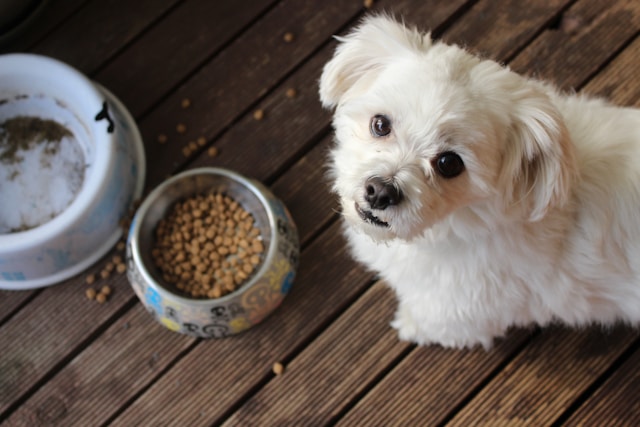
How to Help Your Pet Adjust to a New Diet Without Stomach Issues
Changing your pet’s food might seem like a simple switch—but for dogs and cats, their digestive systems can be surprisingly sensitive. A sudden diet change can lead to upset stomachs, vomiting, diarrhea, or even food refusal.
Whether you’re upgrading to a healthier formula, trying a special diet recommended by your vet, or simply running out of your usual brand, here’s how to help your pet transition to a new diet smoothly and safely.
Why Switching Foods Gradually Is Important
Unlike humans, pets have a gut microbiome that’s very sensitive to change. Sudden dietary shifts can shock their system, leading to:
- Loose stools or diarrhea
- Vomiting
- Gas or bloating
- Refusal to eat
- Skin or coat reactions
A gradual transition gives your pet’s digestive system time to adjust and reduces the chance of unpleasant side effects.
How Long Should a Transition Take?
The general rule of thumb is: 7 to 10 days.
Here’s a simple schedule you can follow:
| Day | Old Food | New Food |
|---|---|---|
| 1–2 | 75% | 25% |
| 3–4 | 50% | 50% |
| 5–6 | 25% | 75% |
| 7+ | 0% | 100% |
Tip: If your pet has a particularly sensitive stomach, slow the process even more—extend each phase by a few extra days.
Signs the Transition Is Going Well
- Normal stool (firm, not runny)
- Steady appetite
- No vomiting or excessive gas
- Healthy energy levels
If everything looks good after a week, you’re in the clear!
What If My Pet Has a Reaction?
If you notice any of the following, pause the transition or consult your vet:
- Diarrhea lasting more than 2 days
- Vomiting more than once
- Lethargy or sudden behavior changes
- Refusal to eat at all
Sometimes, it’s not the speed of the switch but an ingredient intolerance—like grains, chicken, or dairy
Tips for a Smooth Diet Switch
- Read the label: Choose a new food that’s similar in protein or ingredients to the old one if possible.
- Stick to one change at a time: Don’t switch food and treats or feeding times all at once.
- Feed smaller portions at first: It helps with digestion.
- Add probiotics (optional): Ask your vet about probiotic supplements that support gut health during transitions.
- Stay consistent: Feed meals at the same time daily to maintain a stable routine.
Don’t Forget About Water
Any time you change your pet’s food, make sure they’re staying well-hydrated. Dehydration can make stomach issues worse.
- Always have fresh water available
- For cats especially, wet food or broth can encourage hydration
Bonus: Why You Might Be Changing Foods
- Food allergies or sensitivities
- Age-related needs (puppy/kitten → adult → senior)
- Weight management
- Veterinary prescription diet
- Upgrading to higher-quality nutrition
- Pet just getting bored (yes, it happens!)
Whatever the reason, remember: It’s not just what you feed—it’s how you feed it that makes a difference.
Photo by M Burke on Unsplash
